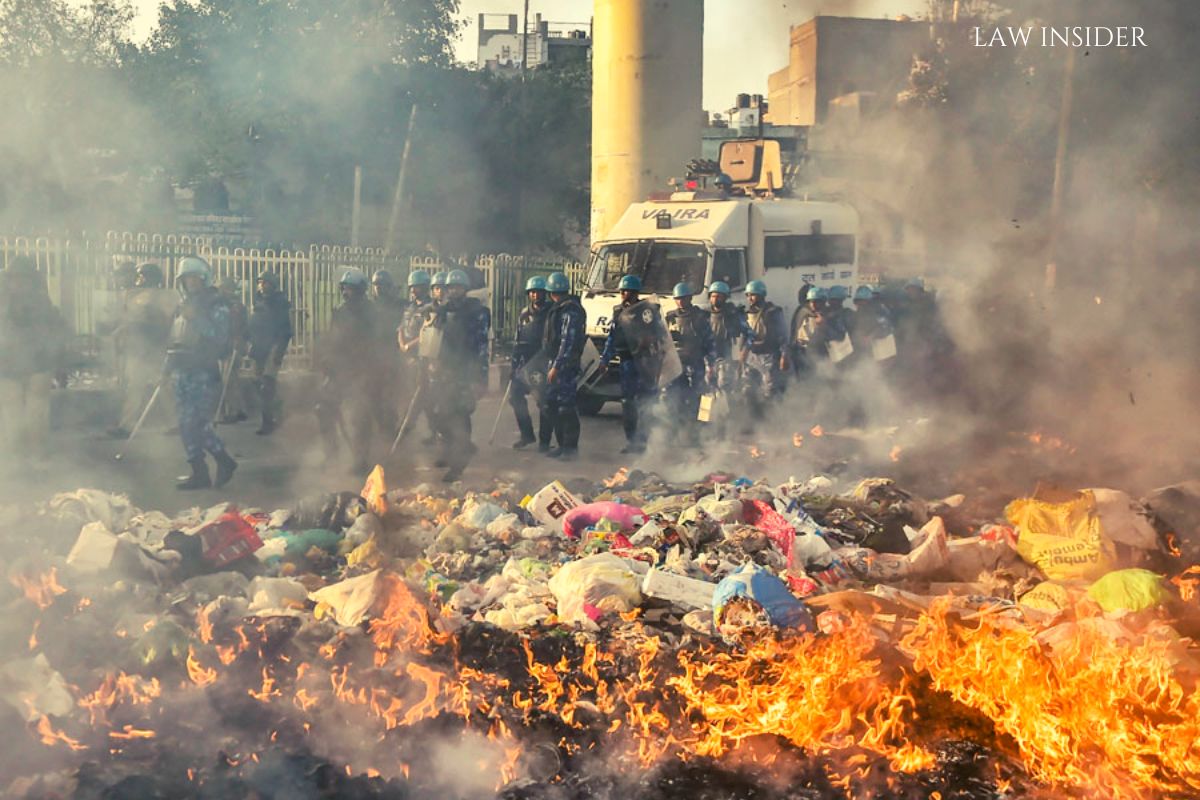Shashwati Chowdhury
Published on: June 27, 2022 at 17:20 IST
The Supreme Court of India has performed admirably in the long, tortuos and still unfolding process of justice after the communal violence in Gujarat in 2002. Through its several interventions, the process has been kept on track, safeguarded from outside pressure, and given victims and survivors hope for a fair and just ending.
Because the FIR is based largely on statements from the SC verdict and its annexures from the day before, the two arrests on Saturday of activist Teesta Setalvad and former Gujarat DGP RB Sreekumar are disquieting. On Friday, the SC denied allegations of a bigger conspiracy by senior state functionaries and affirmed the SIT’s clean bill of clean chit in the 2002 riots for the then-Gujarat government led by Chief Minister Narendra Modi.
Connecting the dots all the way up to the chief minister’s office was a difficult task to begin with, and it’s possible that the case was driven more by the suffering of individuals who had been affected by the violence than by any solid legal arguments.
The FIR lodged the next day faithfully quoted: “At the end of the day, it appears to us that a coalesced effort of disgruntled officials of the state of Gujarat along with others was to create sensation …to keep the pot boiling, obviously for ulterior design… all those involved in such abuse of process, need to be in the dock and proceeded with in accordance with law”.
On Sreekumar and Setalvad, the law must run its course. However, there is an issue with a FIR that relies so heavily on what the court rules and a court judgement that justifies such immediate police action against people who supported the petitioners in the 2002 instances.
The SC, in reality, became the focal point of a larger campaign to bring justice closer to the victims and survivors of the communal violence that occurred in Gujarat a little over two decades ago. This effort included contributions from individual activists, NGOs, and the NHRC, among others.

